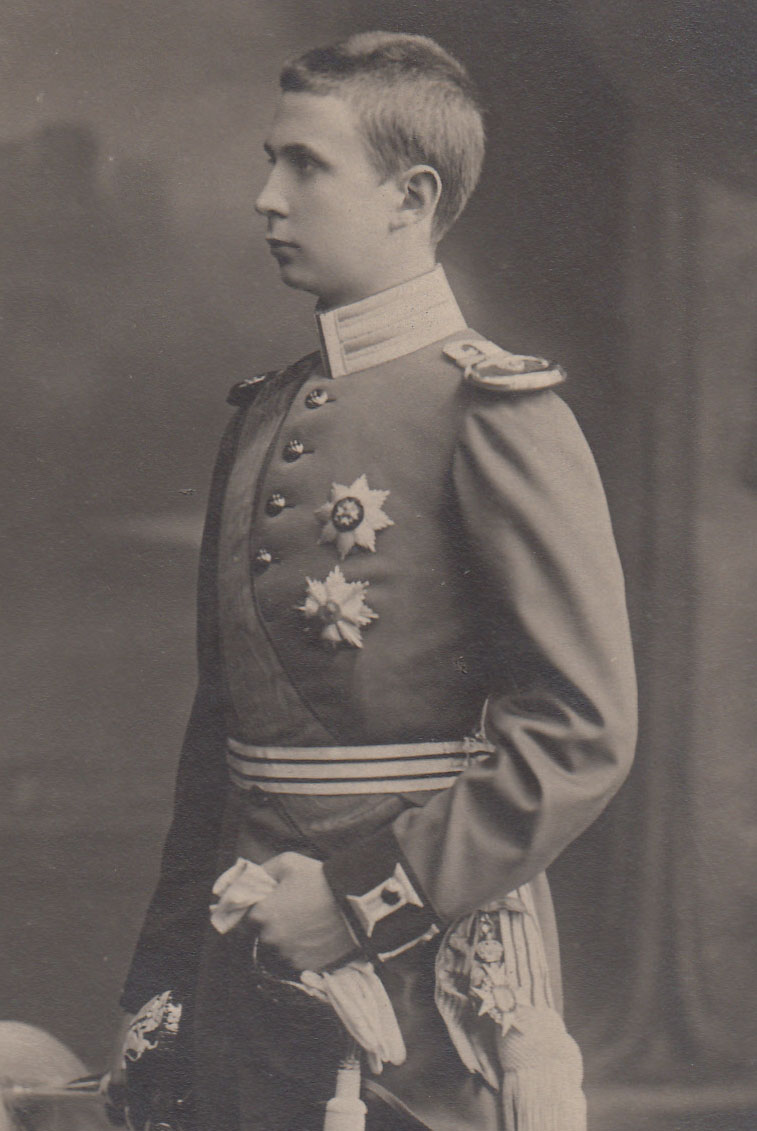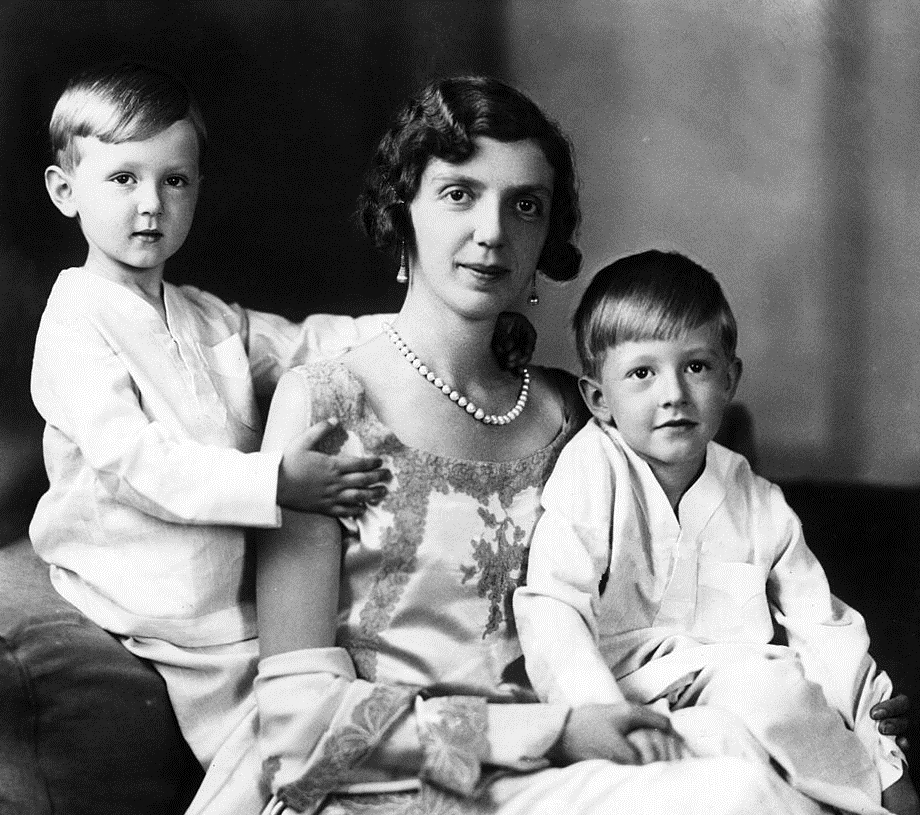by Scott Mehl
© Unofficial Royalty 2022
The Kingdom of the Two Sicilies was located in today’s southern Italy. It included the island of Sicily and all of the Italian peninsula south of the Papal States. Ferdinando I, the first King of the Two Sicilies, had previously reigned over two kingdoms, as Ferdinando IV of the Kingdom of Naples and Ferdinando III of the Kingdom of Sicily. He had been deposed twice from the throne of Naples: once by the revolutionary Parthenopean Republic for six months in 1799 and again by Napoleon in 1805, before being restored in 1816 after the defeat of Napoleon. After the 1816 restoration, the two kingdoms were united into the Kingdom of the Two Sicilies.
Vittorio Emanuele II, King of Sardinia became a driving force behind the Italian unification movement along with Giuseppe Garibaldi, a general and nationalist, and Giuseppe Mazzini, a politician and journalist. Garibaldi conquered Naples and Sicily, the territories of the Kingdom of Two Sicilies. Francesco II, King of the Two Sicilies was deposed, the Kingdom of the Two Sicilies ceased to exist, and its territory was incorporated into the Kingdom of Sardinia. Eventually, the Sardinian troops occupied the central territories of the Italian peninsula, except Rome and part of Papal States. With all the newly acquired land, Vittorio Emanuele II was proclaimed the first King of the new, united Kingdom of Italy in 1861.
********************

Prince Alfonso of Bourbon-Two Sicilies, Count of Caserta. source: Wikipedia
Prince Alfonso of Bourbon-Two Sicilies, Count of Caserta, was a younger half-brother of King Francesco II, the last reigning King of the Two Sicilies. Upon Francesco’s death in 1894, Alfonso became Head of the House of Bourbon-Two Sicilies and pretender to the former throne.
Prince Alfonso Maria Giuseppe Alberto was born on March 28, 1841, in Caserta, Two Sicilies, the third child of King Ferdinando II of the Two Sicilies and his second wife, Archduchess Maria Theresa of Austria. Alfonso had 11 siblings:
- Luigi, Count of Trani (1838) – married Duchess Mathilde Ludovika in Bavaria, had issue
- Alberto, Count of Castrogiovanni (1839) – died in childhood
- Maria Annunciata (1843) – married Archduke Karl Ludwig of Austria, had issue
- Maria Immacolata Clementina (1844) – married Archduke Karl Salvator of Austria, had issue
- Gaetano, Count of Girgenti (1846) – married Infanta Isabel of Spain, no issue
- Giuseppe, Count of Lucera (1848) – died in childhood
- Maria Pia (1849) – married Roberto I, Duke of Parma, had issue
- Vincenzo, Count of Melazzo (1851) – died in childhood
- Pasquale, Count of Bari (1852) – married Blanche Marconnay, no issue
- Maria Luisa (1855) – married Prince Enrico of Bourbon-Parma, Count of Bardi, no issue
- Gennaro, Count of Caltagirone (1857) – died in childhood
Alfonso also had one elder half-sibling from his father’s first marriage to Maria Cristina of Savoy:
- King Francesco II of the Two Sicilies (1836) – married Duchess Maria Sophie in Bavaria, had issue
At the time of his birth, Alfonso was fourth in line of succession to the throne of the Two Sicilies, preceded by his three elder brothers, Francesco, Luigi, and Alberto. Upon their father’s death in May 1859, his eldest brother, Francesco, became the last reigning King of the Two Sicilies. Alfonso, alongside his two surviving elder brothers, fought on the front lines in an attempt to defeat Garibaldi’s forces, but were unsuccessful, and the Kingdom was overtaken. Alfonso, along with his brothers, left the country in February 1861 and would spend the rest of his life in exile.
Upon the death of his brother Luigi in 1886, Alfonso became heir presumptive to his eldest brother, who had no male heirs. When Franceso II died on December 27, 1894, Alfonso became Pretender to the former throne of the Kingdom of the Two Sicilies, and head of the House of Bourbon-Two Sicilies.

Princess Maria Antonietta of Bourbon-Two Sicilies. source: Wikipedia
On June 8, 1868, Alfonso married his cousin, Princess Maria Antonietta of Bourbon-Two Sicilies. She was the daughter of Prince Francesco of Bourbon-Two Sicilies, Count of Trapani and Archduchess Maria Isabella of Austria, Princess of Tuscany. Alfonso and his wife were both grandchildren of King Franceso I of the Two Sicilies. Together they had 12 children:
- Prince Ferdinando Pio, Duke of Calabria (1869) – married Princess Maria Ludwiga Theresia of Bavaria, had issue
- Prince Carlos of Bourbon-Two Sicilies (1870) – married (1) Mercedes, Princess of Asturias, had issue; (2) Princess Louise of Orléans, had issue
- Prince Francesco di Paola of Bourbon-Two Sicilies (1873) – died in childhood
- Princess Maria Immaculata of Bourbon-Two Sicilies (1874) – married Prince Johann Georg of Saxony, had issue
- Princess Maria Cristina of Bourbon-Two Sicilies (1877) – married Archduke Peter Ferdinand of Austria, Prince of Tuscany, had issue
- Princess Maria di Grazia of Bourbon-Two Sicilies (1878) – married Prince Luiz Maria of Orléans-Braganza, had issue
- Princess Maria Giuseppina of Bourbon-Two Sicilies (1880) – married Count Alfredo Galanti, had issue
- Prince Gennaro of Bourbon-Two Sicilies (1882) – married Beatrice Bordessa, Countess of Villa Colli, no issue
- Prince Ranieri of Bourbon-Two Sicilies, Duke of Castro (1883) – married Countess Maria Zamoyska, had issue
- Prince Filippo of Bourbon-Two Sicilies (1885) – married Princess Marie Louise of Orléans, had issue
- Prince Francesco d’Assisi of Bourbon-Two Sicilies (1888) – unmarried
- Prince Gabriel of Bourbon-Two Sicilies (1897) – married (1) Princess Malgorzata Czartoryska, had issue; (2) Princess Cecylia Lubomirska, had issue

Alfonso of Bourbon-Two Sicilies, Count of Caserta; source: Wikipedia
Alfonso of Bourbon-Two Sicilies, Count of Caserta, died on May 26, 1934, in Cannes, France. He is buried in the Cimetière du Grand Jas in Cannes.
* * * * * * * * * *
Kingdom of the Two Sicilies Resources at Unofficial Royalty
* * * * * * * * * *
This article is the intellectual property of Unofficial Royalty and is NOT TO BE COPIED, EDITED, OR POSTED IN ANY FORM ON ANOTHER WEBSITE under any circumstances. It is permissible to use a link that directs to Unofficial Royalty.













